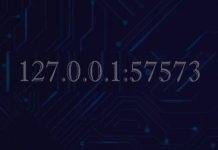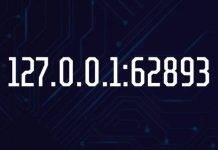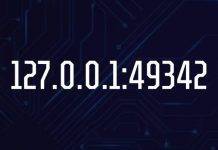With the increasing number of cyber-attacks and data breaches, it is becoming critical to ensure that your cloud infrastructure is secure. Are you confident that your AWS environment is safe from potential threats and vulnerabilities? Amazon Web Services (AWS) is a popular cloud platform that provides businesses with a scalable and reliable infrastructure. However, with the growing complexity of cloud environments, it can be challenging to keep up with the latest security best practices.

Conducting an AWS security audit is a crucial step in ensuring that your cloud infrastructure is secure and compliant with industry standards. This article will explore the reasons why an AWS security audit is essential and how it can help you identify and address potential security risks. Whether you’re a small business owner or a large enterprise, an AWS security audit is a critical step in safeguarding your data and protecting your business from cyber threats.
As more and more companies move their infrastructure to the cloud, it’s becoming increasingly important to ensure that their cloud environments are secure. Amazon Web Services (AWS) is one of the most popular cloud platforms, and it offers a wide range of security features to help protect your data and applications. One of the most important steps you can take to ensure that your AWS environment is secure is to conduct a security audit. In this article, we’ll provide an introduction to AWS security audits and explain why they are important.
What is an AWS Security Audit?
An AWS security audit is a comprehensive review of your AWS environment to identify any vulnerabilities or potential security risks. The audit typically involves reviewing your AWS configurations, policies, and procedures to ensure that they meet industry best practices and comply with relevant regulations and standards. The goal of the audit is to identify any weaknesses in your security posture and provide recommendations for remediation.
Why is an AWS Security Audit Important?
An AWS security audit is important for several reasons. First and foremost, it helps ensure that your data and applications are secure. By conducting an audit, you can identify any vulnerabilities or weaknesses in your security posture and take steps to address them before they can be exploited by attackers. Additionally, many regulatory frameworks and compliance standards require regular security audits to ensure that organizations are meeting their obligations.
Next Steps
- Address the vulnerabilities identified during the audit: Once you have identified vulnerabilities, it’s important to address them as soon as possible. This may include patching systems, updating configurations, or implementing additional security measures.
- Implement best practices: AWS provides a wealth of documentation and best practices for securing your environment. Implementing these best practices can help to improve the security of your AWS environment and reduce the risk of security breaches.
- Continuously monitor your environment: Security threats are constantly evolving, so it’s important to continuously monitor your environment for new threats and vulnerabilities. This can be done using AWS security services such as AWS GuardDuty, AWS Config, and AWS Security Hub.
- Conduct regular security audits: Conducting regular security audits is essential to maintaining the security of your AWS environment. These audits should be conducted at least annually, but may need to be done more frequently depending on your organization’s risk profile.
Conclusion
In summary, AWS data analysis consulting services are an important part of keeping your environment secure. After the consultation, it’s important to take the necessary steps to address any identified vulnerabilities, apply best practices, continuously monitor your environment, conduct regular security audits, and train your staff. By following these steps, you can help ensure that your AWS environment remains secure and protected from security threats.







































